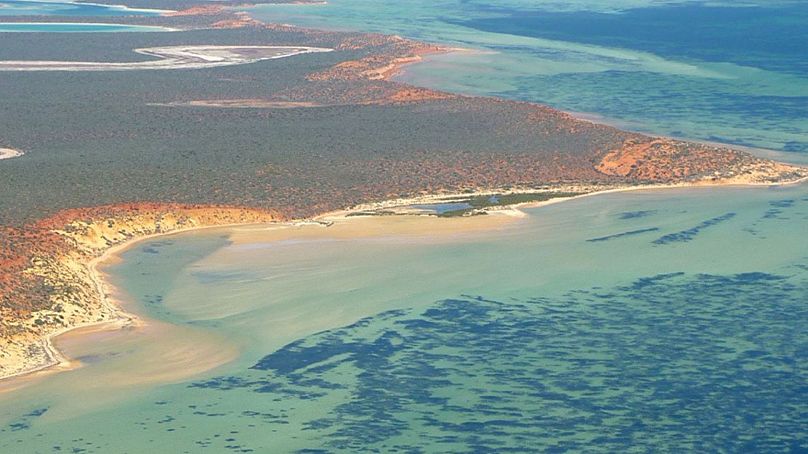
Scientists from Australia recently discovered the world’s largest plant off the Australian coast in Perth. The seagrass covers over 180 sq km and is bigger than three Manhattan.
According to researchers from the University of Western Australia and Flinders University, the plant is over 4500 years old.
The research team, in order to examine which plants were for a seagrass restoration project, sampled seagrass shoots from Shark Bay and generated a “fingerprint” using 18,000 markers.
Lead author of the study and, UWA researcher Jane Edgeloe said that, “The answer blew us away – there was just one.”
“That’s it, just one plant has expanded over 180 km in Shark Bay, making it the largest known plant on earth,” she added.

The plant commonly known as fibre ball weed or ribbon weed is a species of the seagrass Posidonia. The plant is commonly found in the waters of southern Australia.
Until now, the Pando clonal colony in the Utah state USA, with over 47,000 genetically identical poplar trees spread over 43 hectares, was known to be the largest-known organism in the world.
Also Read:In a first, scientists successfully grow plants in lunar soil
Evolutionary biologist Elizabeth Sinclair, who is a senior author of the study said that apart from its size, the plant discovered in Australia also has twice the number of chromosomes of other large seagrass clones, meaning it is polypoid.
What is a Polupoid Plant?
Polypoid plants tend to reside in places with extreme environmental conditions and are often sterile. It is a characteristic seagrass share with potatoes or bananas, even as they can continue to grow if left undisturbed as this specimen did.
Sinclair added that even without successful flowering and seed production, it appears to be really resilient, experiencing a wide range of temperatures and salinities plus extreme high light conditions, which together would typically be highly stressful for most plants.
https://ift.tt/cBeuX6a
https://ift.tt/Vro9QIc





0 Comments